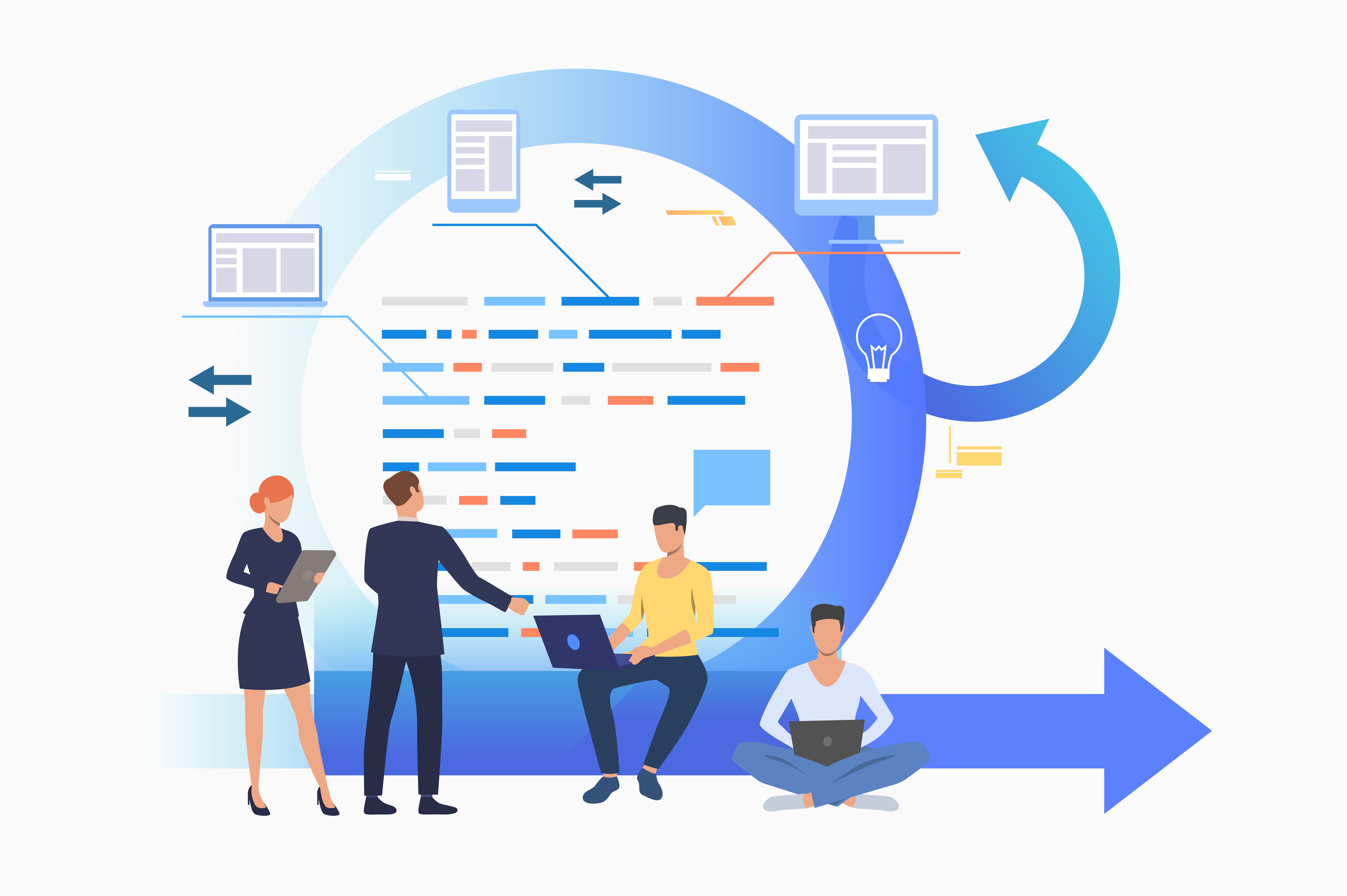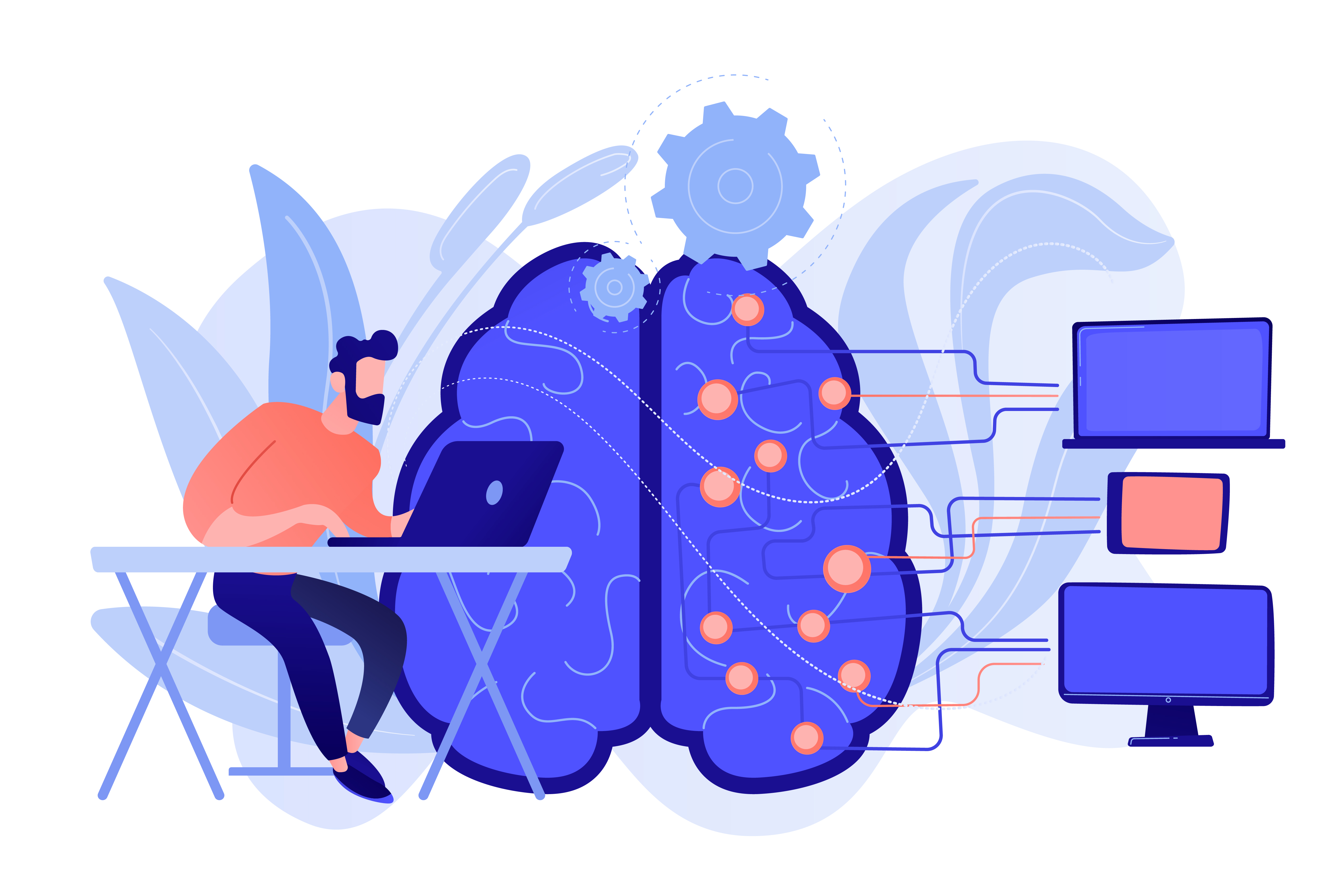Microlearning has taken the L&D world by storm. The world’s biggest and brightest businesses are implementing bite-sized training programs for their teams. But why all the hype?
Here are 7 proven benefits of microlearning for workplace learning:
- Increased retention
- Higher engagement
- Saving learners' time
- Create a culture of learning
- Easier development
- More cost-effective
- Better applied learning outcomes
1. Increased Retention
As a rule, learners forget things very quickly. On average, 50% of new information is gone within an hour, and 90% has been forgotten after a month. This was discovered by the psychologist Hermann Ebbinghaus, and illustrated in the famous Ebbinghaus forgetting curve.
Ebbinghaus found that the way to counteract this curve is to learn through repeated activities, rather than taking a ‘one and done’ approach.
More modern studies have confirmed Ebbinghaus’s theory. It’s been pretty conclusively proven that repeated short-form learning, known as ‘spaced repetition’, has a positive effect on both retention and recall.
A real-world example of better retention through microlearning can be seen with Walmart. Walmart needed to improve their workers’ knowledge of safety and compliance regulations. After implementing a gamified microlearning system, they saw a 15% increase in workers’ knowledge of safety policy. While this may sound modest, it led to a 54% decrease in safety incidents in Walmart distribution centres. Not bad!
2. Higher Engagement
Just as important as retention (getting people to remember stuff), is attention - getting them to listen in the first place.
The old-school training session, lasting an hour or even a whole afternoon, was never something that filled people with excitement. Even less so in the social media age, where most learners now have attention spans that are shorter than that of a goldfish!
As a result, long-form training leaves most learners uninterested, if they even bother to engage at all. Long-form online courses bear this out - massive open online courses or ‘MOOCS’, which tend to last for many hours, see completion rates of just 15%.
Microlearning can solve this problem. It’s proven to be easier to keep your focus on learning over shorter bursts of time. This especially true in a business context where learners are likely to feel that they have something more important to be doing!
3. Saving Learner's Time
Microlearning isn’t just more effective, it’s also more efficient.
We’re all time-pressed, especially at work. So it makes sense to adopt the learning program that puts the least pressure on your timetable.
Getting your whole team in for a lengthy workshop will encroach upon their time, which will both be costly for your business, and make them feel less excited about learning.
Microlearning is a great way to impart meaningful learning without wasting people’s time.
4. Creating a Culture of Learning
The holy grail for any L&D program is a ‘culture of learning’ - your program should inspire your people to learn together and from each other. This will lead to a more engaged and sociable learning environment. There are several proven advantages of peer-driven learning over solitary learning.
Microlearning is especially suited to creating this culture of learning. When your lessons are short, it leaves much more room for discussion and consolidation between learners. It's also much more practical to share a short article or video with a colleague rather than a lengthy course.
5. Easier Development
It’s not just the learners’ time you’ll be saving with a microlearning program. Many People and HR teams are time-pressed - and L&D is a notorious pain point for them.
Planning and executing a coherent L&D program can take a lot of work, and often falls lower down the list of priorities compared to other tasks such as recruitment and onboarding. This is especially true for smaller companies without dedicated L&D professionals.
It’s estimated that HR teams who opt for microlearning are able to develop their learning programs up to 300% faster.
6. More Cost-Effective
As anyone who has managed an HR budget before will know, time is money.
Whether you’re creating your own materials or using external services and platforms, the longer your courses are, the more they are likely to cost.
Given the poor retention and engagement associated with long-form training, paying more for longer-form content seems like a real waste.
Keeping things short, and focusing just on the key principles, will save businesses a great deal of money.
7. Better Applied Learning Outcomes
People trained through microlearning are demonstrably better at applying that learning.
In one study by the American Psychological Association, learners trained with spaced, bite-sized learning were compared with colleagues who had received long-form training. The microlearners displayed better retention of information, and were able to solve related problems more effectively. In other words, they were better at applying their new knowledge than their counterparts.
To take another example, Intercontinental Hotels Group implemented a short-form learning program for onboarding new employees.
After just 2 weeks, their new team members were scoring higher in their knowledge tests than their predecessors had after 5.With microlearning, IHG saved three whole weeks of training costs, and gained better-informed new employees in the process.
.png)




